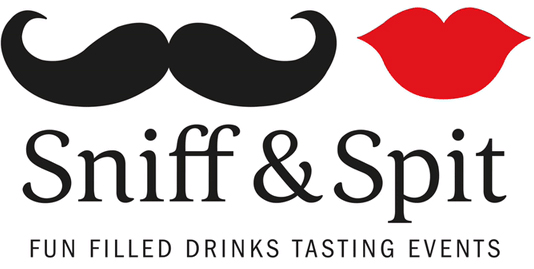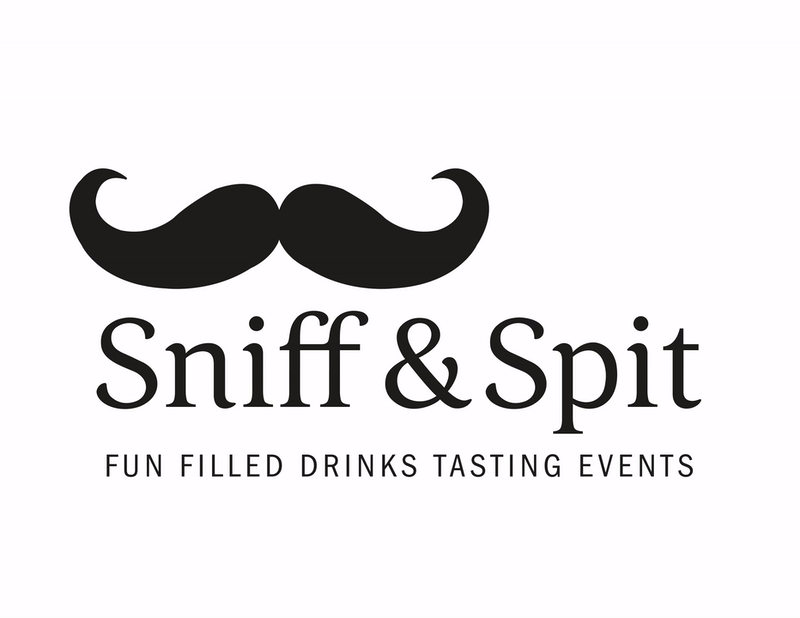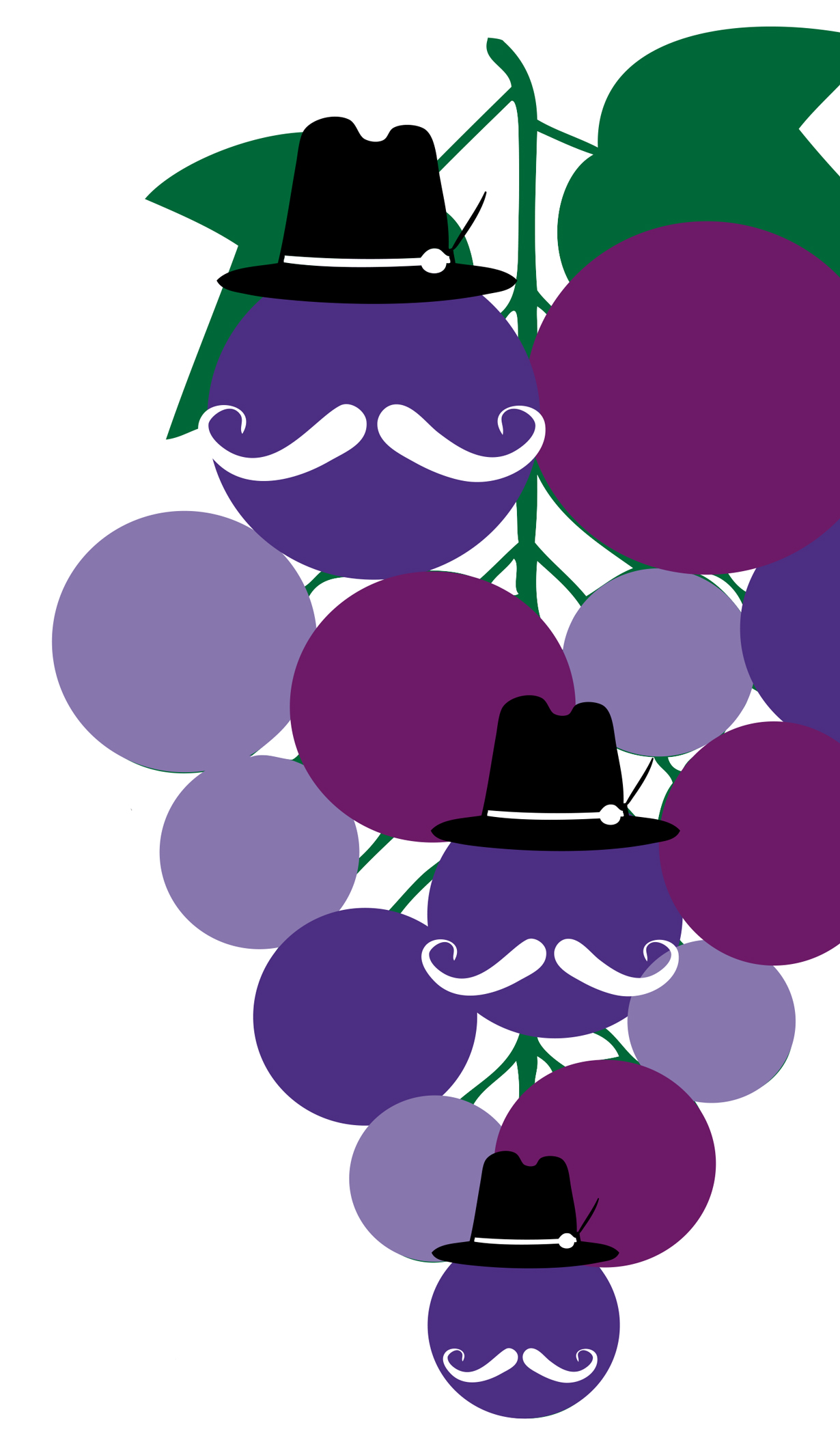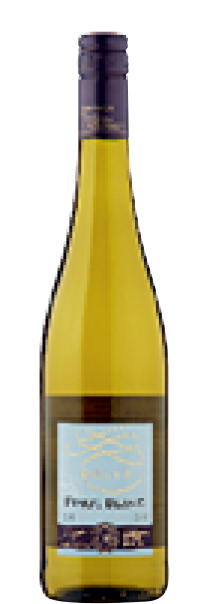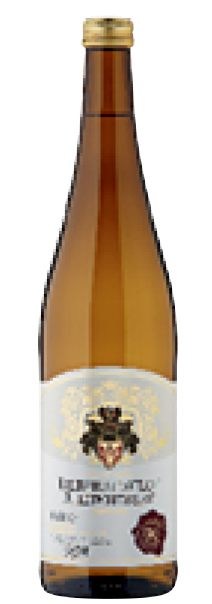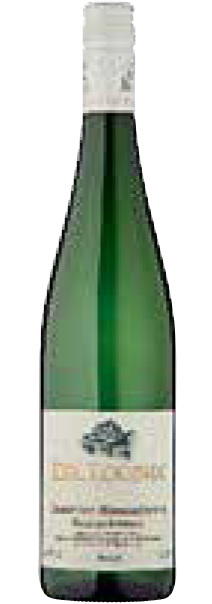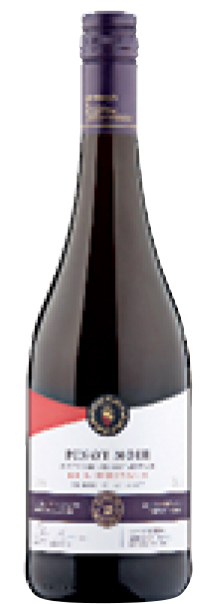Message in a Bottle
A special drop of the hard stuff is a perfect way to say Happy Christmas. Drinks expert Rebecca Dunphy shares her top spirit gifts. First appeared in Sainsbury's Magazine.
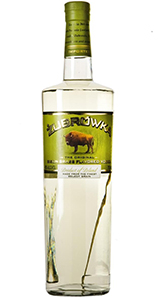
For nature lovers
Żubrówka Bison Grass Vodka, £20
♦ A rare taste One of the world’s oldest vodka brands is not Russian, but Polish. Żubrówka, pronounced ‘zhoo-BROOF-kah’, continues a 500-year-old tradition of infusing vodka with rare bison grass, a recipe first recorded in the Polish Encyclopedia of Medicine and Science in 1534.
♦ Really wild Żubrówka is named after the bison ‘Żubr’ that feed on the wild grass of the Bialowieża forest.
♦ Handmade The long thin blades of highly aromatic grass are hand-picked and dried naturally. Bison grass extracts are added to pure grain vodka, and a single blade of bison grass is placed by hand into each bottle. The glint of green and fragrant grass and sweet vanilla notes is key to the unique taste. Delicious straight from the freezer, or over ice with fresh apple juice and crisp, sliced apple.
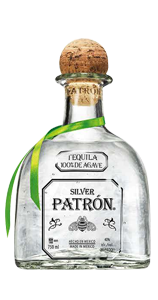
For Tequila fans
Patrón Silver Tequila, £25
♦ Slow burn ‘Lick, sip and suck’ with a slice of lime and salt if you must, but this silky tequila is one to savour solo, like a fine whisky or Cognac.
♦ A classy sip The individually signed and hand-blown bottles are a sign of the quality. Patrón Silver is Mexico’s original ultra-premium tequila, dedicated to using only 100% Weber blue agave – a member of the lily family from the highlands of Jalisco in Mexico. Patrón crushes and releases the juices from the agave using the centuries-old Tahona volcanic stone wheel. The juice is then fermented and distilled along with the agave fibre.
♦ Pure bliss Water-white and unaged, Patrón Silver is bottled straight after distillation to capture the essence of the blue agave – pure, vibrant with fresh pear and pepper.
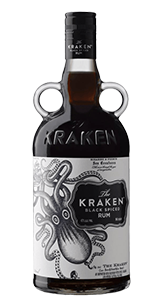
For Sailors and Pirates
The Kraken Black Spiced Rum, £22.50
♦ Hearty You don’t need to be a pirate to love this dark, spiced rum. Silky smooth, raisined and bittersweet with exotic spices – vanilla, cinnamon, ginger and clove – to stimulate the senses.
♦ Spice it up Adding fruit and spices to rum is as
old as Caribbean rum itself. You’ll still find Caribbean rum shops making their own individual brews with spices, meat, fish and even insects – added to temper the alcohol ‘burn’, and imbue reputed aphrodisiac qualities.
♦ Deep flavours Kraken has only spices added, and is dark, dense and sweet like the molasses from which it is made. Aged for 24 months and combined with a secret blend of 11 spices. A monster of a rum that, at 47% vol, lives up to its name, the Kraken, a mythical sea beast that is feared for attacking ships. It’s rumoured to have dragged down a large shipment of dark, spiced rum to the depths of the Caribbean Sea. Delicious sipped straight like Scotch or dial up the heat with a spiced hot rum punch.
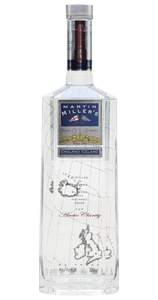
For the perfect G&T
Martin Miller’s Gin, £26
♦ High hopes Depressed by the quality of his usual ‘G&T’, Martin Miller of Miller’s Antique Price Guides and two friends set out to create the best gin possible.
♦ Award-winning Launched in 1999, Martin Miller’s Gin has received more awards than any other gin. It’s handcrafted to the core, and they carry out a two-part distillation.
♦ Flawless finish The citrus elements are isolated from the earthier botanicals, which gives fresher, cleaner aromatics. The gin is
then transported to Iceland for blending with glacial water – the world’s purest. The marriage is magical. The water captures the volatile elements and the burn, to create a soft, clean finish that can be enjoyed neat.
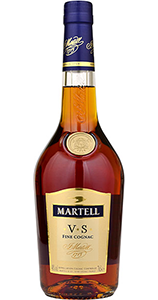
For the history lover
Martell VS Cognac, £25
♦ Famous fans To drink Martell is to taste history. Founded in 1715, Martell is the oldest great Cognac house, created the year that the ‘Sun King’ Louis XIV died. Once a favourite of Napoleon Bonaparte, it’s seen as quintessentially French, but in fact was created by an Englishman, Jean Martell, a native of Jersey. This year marks Martell’s 300th year. Time to celebrate with a bottle of Martell VS ‘Very Special’ Cognac?
♦ Sweet spice Cognac is often costly, but Martell’s youthful, fruity VS offers incredible quality at a great price. Aged for a minimum of two years in oak, it glows amber gold, with aromas of flowers, fruits, honey and spiced tea. Martell uses grapes from the very best vineyards, the lightest, cleanest spirits, and ages slowly in tightly grained Tronçais oak for a mellow, fragrant Cognac.
♦ Celebratory cocktail Martell VS is delicious served neat, either lightly chilled or on ice. Join in the celebrations and make a Tricentenaire cocktail, created by brand ambassador Matthias Lataille. Combine 50ml Martell VS, 15ml lemon juice and 15ml ginger cordial. Pour over ice cubes and top up with sparkling apple juice, then garnish with thin slices of apple.
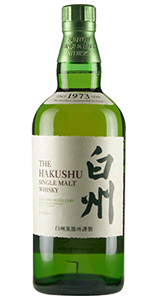
For the open-minded whisky drinker
The Hakushu Single Malt Whisky, £45
♦ Going east Japan is now the world’s third-largest whisky producer, after Scotland and America, and this is a must-try as an introduction.
♦ Fast progress Despite its short whisky-making history (Japan’s first distillery, Yamazaki, was built in 1923 by Suntory), Japan regularly wins major whisky awards, and in this year’s Jim Murray’s Whisky Bible, Yamazaki Sherry Cask 2013 was awarded ‘best whisky in the world’!
♦ Class act The Hakushu Distillery is Suntory’s second distillery, established in 1973. It is set in the forest of the Southern Japanese Alps, with the purest mountain air and spring water. Swirl this elegant, refreshing whisky to release herbal scents of forest pine, mint, melon and cucumber. Crisp and lemony with subtle smoke and spice. Serve directly over ice as in Japan.
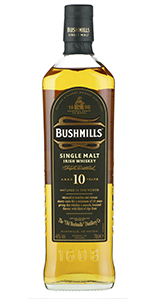
For Irish whiskey lovers
Bushmills Single Malt Irish Whiskey Aged 10 Years, £35
♦ Magic malt Irish single malts may not have the fame of their Scottish counterparts, but Bushmills, Ireland’s oldest distillery (licensed to distill since 1608), makes magical malts.
♦ Smoke-free As in Scotland, it’s made from 100% malted barley, but the malt has been dried in closed kilns without peat, so it has none of the smoky characteristics found in the majority of Scottish single malts.
♦ Ageing well Then it is triple- rather than double-distilled and aged for a minimum of 10 years in ex-bourbon and Oloroso casks. The result is pure, honeyed and smooth. Light and clean, but with intense flavours of dried fruits, vanilla and chocolate. Enjoy neat, or add a dash of water to unleash the aromas.
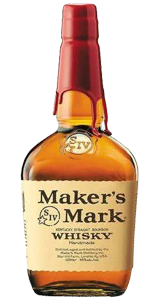
For the bourbon sipper
Maker’s Mark Bourbon Whisky, £30
♦ Straight up For those who prefer to sip bourbon straight rather than mixed, Maker’s Mark stands out with its square bottle and red wax seal.
♦ Laid-back A small-batch Kentucky bourbon made with 70% sweetcorn, and a mix of soft, red winter wheat and rich malted barley. Unusually, Maker’s Mark contains no spicy rye, in its quest for the ultimate laid-back bourbon that’s silky and satisfyingly smooth.
♦ Sweet and sour Six years ageing in American oak, there’s no bite, just dried fruits, smoke and sweet vanilla. Made for sipping straight up or adding a bit of sweetness to a Whisky Sour, Manhattan or Old-Fashioned.
